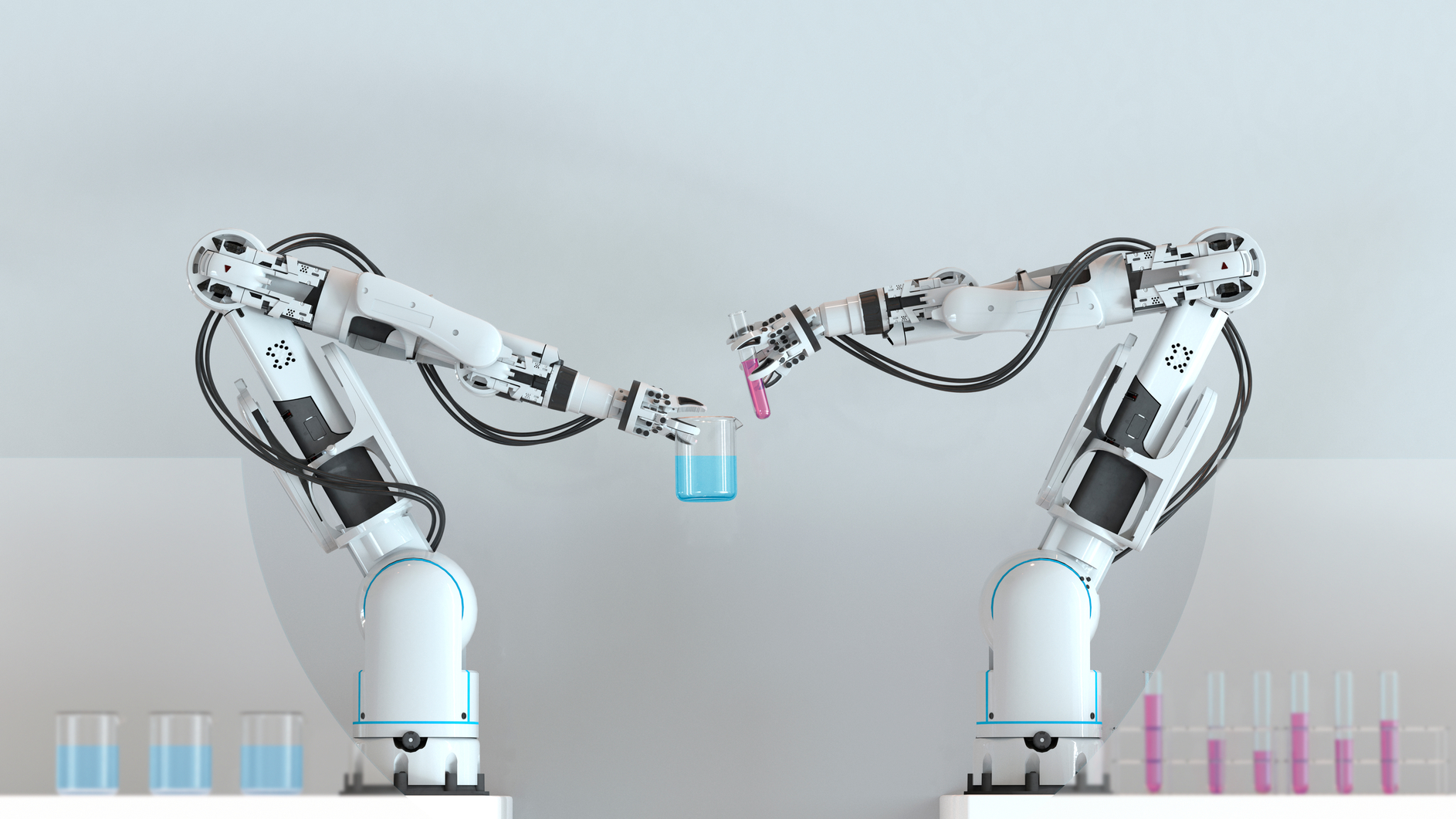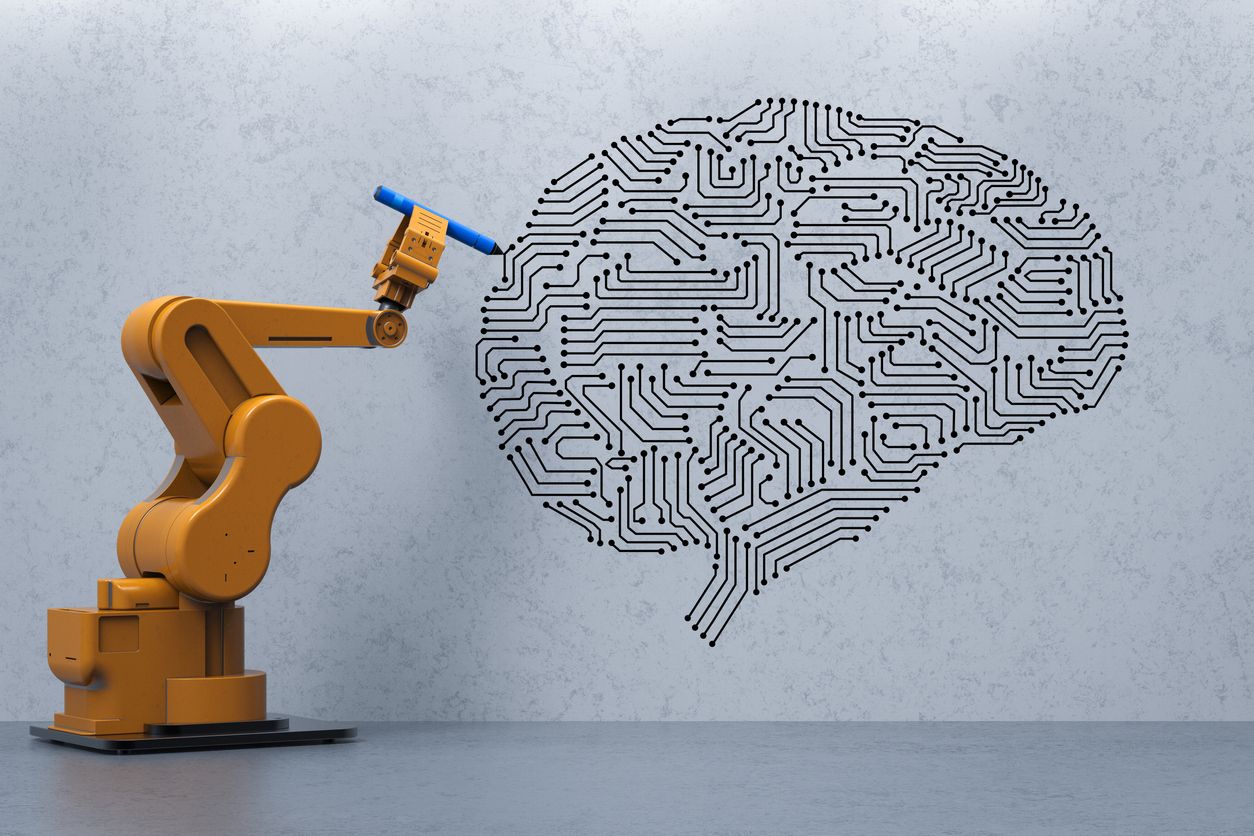Welcome to the world of artificial intelligence, where machines are trained to learn from data and make predictions. One of the most powerful techniques used in AI is inference, which allows machines to draw meaningful conclusions from incomplete or uncertain information. But what exactly is inference? And how does it work? In this blog post, we will explore the concept of inference in AI and help you understand why it’s essential for building intelligent systems that can solve complex problems. So buckle up and get ready for a fascinating journey into the exciting world of artificial intelligence!
What is inference in artificial intelligence?
Inference is a process used by artificial intelligence (AI) to make deductions about the logical consequences of given data. It is a core part of AI, and is used for tasks such as understanding natural language, predicting future events, and building hypotheses. Inference can take several forms, including rule-based inference and statistical inference.
Rule-based inference uses a set of pre-determined rules to make deductions. These rules are typically written in a declarative form, and can be applied to a specific problem or dataset. For example, therule could be “If an input includes text from Jane Austen, then the output will also include text from Jane Austen”. This rule can be applied to any text data set, regardless of content.
Statistical inference uses probabilistic models to make deductions. Probabilistic models represent beliefs about certain aspects of the world, and allow AI to make predictions about complex events or datasets. For example, consider a probabilistic model that represents our belief that people who consume red wine tend to have better wine taste perceptions than those who do not consume red wine. This model would allow us to make predictions about how people might perform on different wine tastings based on their past consumption behaviour.
Types of Inference in AI
Inference in artificial intelligence is the process of drawing conclusions about a given situation or set of observations based on previously gathered data. There are three main types of inference used in AI: probabilistic inference, classical inference, and machine learning inference.
- Probabilistic inference is used to make predictions about future events based on past data.
- Classical inference is used to make decisions based on rules or principles that have been established in the past.
- Machine learning inference is used to train computer algorithms with data so that they can make accurate predictions about future events.
How to do Inference in AI?
Inference in artificial intelligence is the process of drawing conclusions about the state of a data set based on the observed data. Inference can be done in a number of ways, but one common approach is to use rules or algorithms to make predictions about future events from past data.
There are many reasons why inference is important in AI. One reason is that it allows machines to learn from data without being explicitly programmed with knowledge about how things work. Inference also allows machines to generalize from examples and make deductions about more complex situations. Finally, inference helps machines make strategic decisions by exploring different possible courses of action.
In order to do well at inference, you need to have a good understanding of the underlying principles behind machine learning models. This includes understanding how neural networks work, how prediction algorithms work, and how probabilistic models work. You also need to be able to analyze and manipulate data using these principles.
Conclusion
Inference is the process of drawing conclusions about the unknown. Artificial intelligence relies on inference to make predictions and recommendations. By understanding how AI makes deductions, we can better understand why and how it provides useful information. Additionally, this knowledge can help us improve the accuracy of AI systems and make them more effective in completing tasks.





